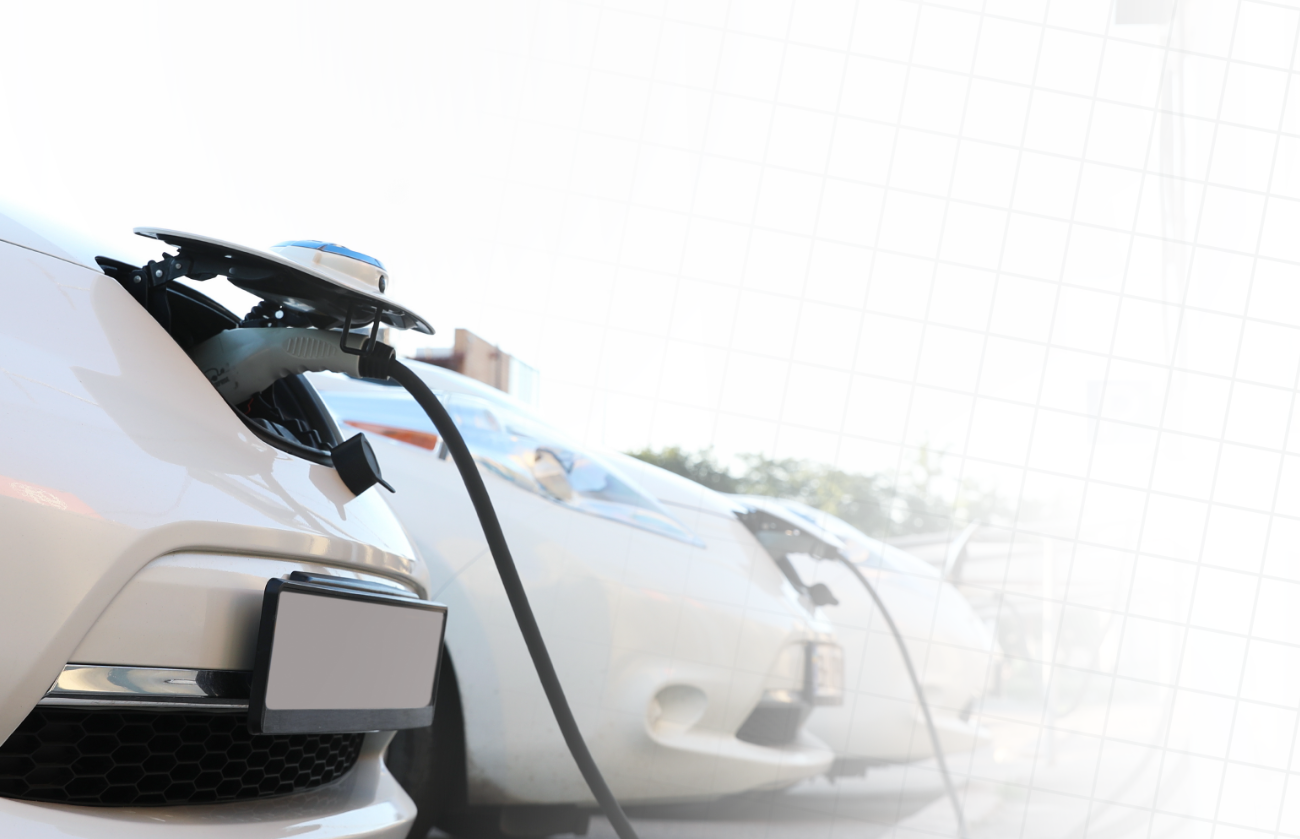After decades of discussion regarding the need to move away from internal combustible engines (ICE) and fossil fuels, the electric vehicle transition is finally here and moving rapidly. With so much change comes a variety of challenges, both for consumers and for the businesses making the transition happen.
Sitetracker CEO, Giuseppe Incitti, sat with innovators in the EV software space to learn more about How Software is Making EV Mainstream, and how it is enabling us to electrify transportation globally.
Here are our top five takeaways:
Grid capacity and the energy demands of EV’s are major challenges. Utilities are using software to overcome them.
- “BCG recently published a report stating that utilities will need to spend somewhere in the range of $2,000 to $5,000 in infrastructure upgrades to accommodate each EV that’s added to their grid. And there simply isn’t always enough capacity to serve every EV at roughly the same time during peak hours. So what we’re really excited about is that we’re able to work with a lot of really innovative software companies… and other utilities who are using this technology to shift when cars are charged off peak hours and even pause charging during demand and response events.” – Sahas Katta (CEO, Smartcar)
Materials and labor are in short supply, but software is helping manage both so we can deploy more EV charging points faster.
- “Modern Software can help essentially reduce the turnaround times for each participant, ultimately allowing them to do more work and also allow them to evaluate their business processes to make sure they’re as efficient as possible…I think step one is to get a grip on what’s happening today. And step two is putting the digital backbone in place to deal with increasing volume. That’s where we come in and help.” – Giuseppe Incitti (CEO, Sitetracker)
EV charging businesses can reach profitable growth, they just have to change the engines while flying the plane.
- “Folks are facing increasing volumes, but they can’t just stop and upgrade their digital backbone of how they’re going to manage all of these deployments. I think one trait that you see across anyone who’s deploying distributed capital assets that I always find extremely impressive is delivering an increasing amount of volume while reducing how long it takes to deploy each individual asset. And that’s often done through technology…A modern digital backbone, changing the engines while the plane is still flying. That allows you to ultimately redesign and innovate on your process and ask your contractors to.” – Giuseppe Incitti (CEO, Sitetracker)
There are always more ways to improve, you just have to ask.
- “Just partner with whoever you are working with and see what more, what else you can do. You probably can find efficiency and just remove steps from a process which is not just faster, but also reduces the possibility for human error and just makes everything more consistent. That’s how you get quality and speed.” – Mike Winn (CEO, Drone Deploy)
The vast amount of different software available to EV Charging companies can be a good thing.
- “ Five years ago, the expected feature set was not as sophisticated and that meant there wasn’t much you needed to build…I think the differentiation today is that you need something completely different, for different feature sets to support the home, semi-public, public, and fleet charging. And I think that’s where the big differentiators will be. Will it be one platform which can do all this for you, or will you need to use a couple of different systems?” – Casper Rasmussen (CEO, Monta)
To hear more about how software is supporting the rapid electrification of transportation across the globe, check out the on-demand recording of How Software is Making EV Mainstream.
Ready to take the next step and learn how Sitetracker can help you deploy your EV charging network faster, scale your business, and help you grow profitably? Contact us for a personalized, live demo.
